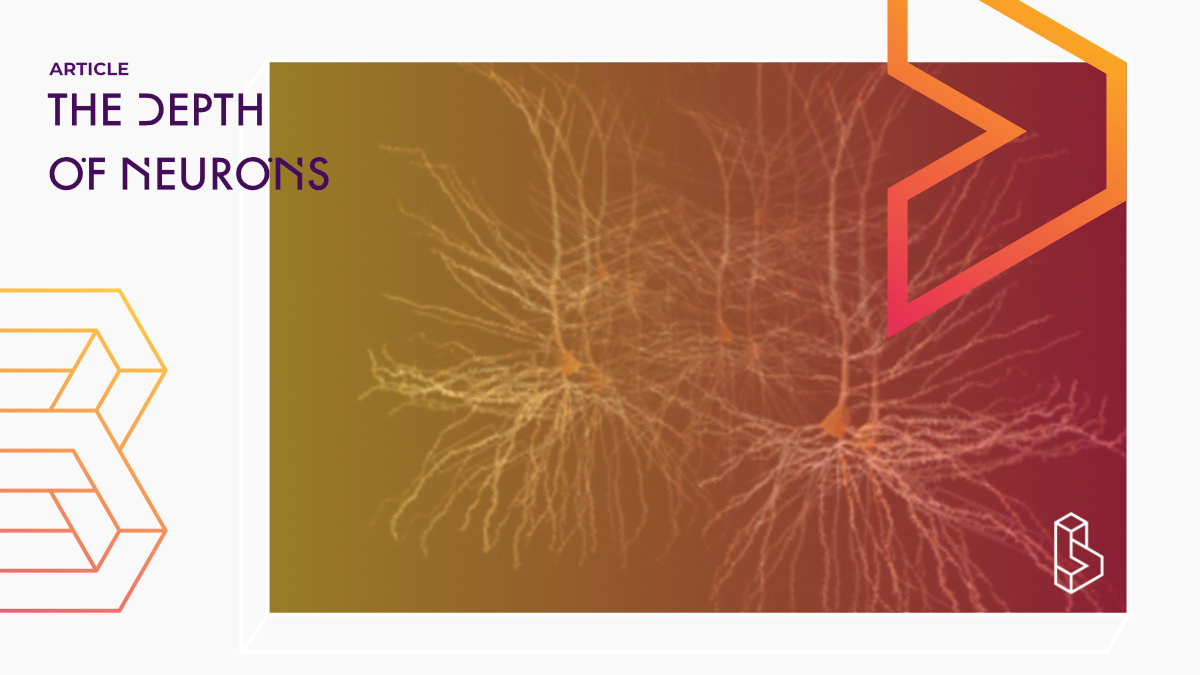“Randy Gallistel is a remarkable scientist who argues that neurons contain something incredible within them: an accessible-to-computation mechanism that allows the brain to store numbers in memory and then to retrieve these numbers from memory.“
– ‘Join Activism’ on Substack
Saving Information in Neurons
An experiment, done with neuronal cells from ferrets, says it shows that neurons store numbers. The study showed this by investigating these neurons separately and seeing how they respond to stimuli. In contrast to what is normally thought, that neurons only change their sensitivity to other neurons, this study showed that they are able to store temporal (time) information in the cells themselves.
If true, this would make possible another place where we can store memories. Not only between the interactions of our neurons but actually in the neurons themselves. In the article, Randy Gallistel points out that the temporal-pairing (one neuron firing after the other in close correlation/connection, classical conditioning) is the current standard hypothesis, but that no definitive evidence for it has been found, in the past 50 years.
What currently is believed, and now hyped because of machine learning, is that all intelligence and memory is but associations (weights in ML) between different neurons. But we store information (i.e. you remember that Paris is the capital of France), and this may be true at the level of a cell too. When making the analogy with a computer, neurons themselves are now also showing the ability to store information in memory.
But much is currently not known. The experiment (see below) is just the first clue that this might be true. The further mechanisms happening in a neuronal cell should still be investigated. What Gallistel does suggest, is that this storage site (engram) isn’t just for a single number, he argues that it could possibly be the storage of multiple megabytes of information throughout the cell. Just like DNA and RNA can store information, other parts of a cell may also store ‘digital’ information. And in contrast to genetic information, which is inherited, the information here is acquired.
Another support for this theory is that we can know/sense time. We know how long a trip took, reasonably guess the time of day, and know-how long ago a memory happened.
“It’s numbers all the way down in any computing-machine.” – Randy Gallistel
The Psychedelic Connection
Psychedelic neurological research usually looks one level higher than the current article and paper discusses. It investigates the relationship between neurons, and above that the relationship between different parts of the brain. Whilst under the influence of psychedelics, many areas start connecting more actively, and some areas (such as the connections with the default mode network, DMN) are less connected/active.
If the current study is to believed, may then the lasting effects of psychedelics lie in the input of new information at the neuronal (cell) level? That the activation of cells is not only captured in the network (the connection between cells), but rather also within the cells themselves. For example, take the growth of layer five pyramidal neurons in mice after psilocybin introduction (Shao et al., 2021). What if there is information in the cells themselves that gets triggered which could keep undergoing growth after being disconnected from the environment (stimuli)?
But to be honest, this is far away from my expertise, and it would be most interesting to hear from others who know better what is happening here. At the same time, we should stay away from speculating the level of information that is stored here. It isn’t that a fully-fledged memory is stored in one neuron that one could theoretically extract from a brain, but see it as a string of numbers that is stored within a neuron.
Research like this shows that there is so much more to learn. We are just at the beginning of infinity. Hopefully, more research like this will help us better understand how our brains work and how psychedelics can be helpful in improving our mental health and understanding of the world.
Memory trace and timing mechanism localized to cerebellar Purkinje cells | Johansson et al., 2014
“The standard view of the mechanisms underlying learning is that they involve strengthening or weakening synaptic connections. Learned response timing is thought to combine such plasticity with temporally patterned inputs to the neuron. We show here that a cerebellar Purkinje cell in a ferret can learn to respond to a specific input with a temporal pattern of activity consisting of temporally specific increases and decreases in firing over hundreds of milliseconds without a temporally patterned input. Training Purkinje cells with direct stimulation of immediate afferents, the parallel fibers, and pharmacological blocking of interneurons shows that the timing mechanism is intrinsic to the cell itself. Purkinje cells can learn to respond not only with increased or decreased firing but also with an adaptively timed activity pattern.“
Become a psychedelic insider
Get a Pro Membership to enjoy these benefits & support Blossom📈 full reports on Topics & Compounds
🧵 full summary reviews of research papers
🚀 full access to new articles
See Memberships

